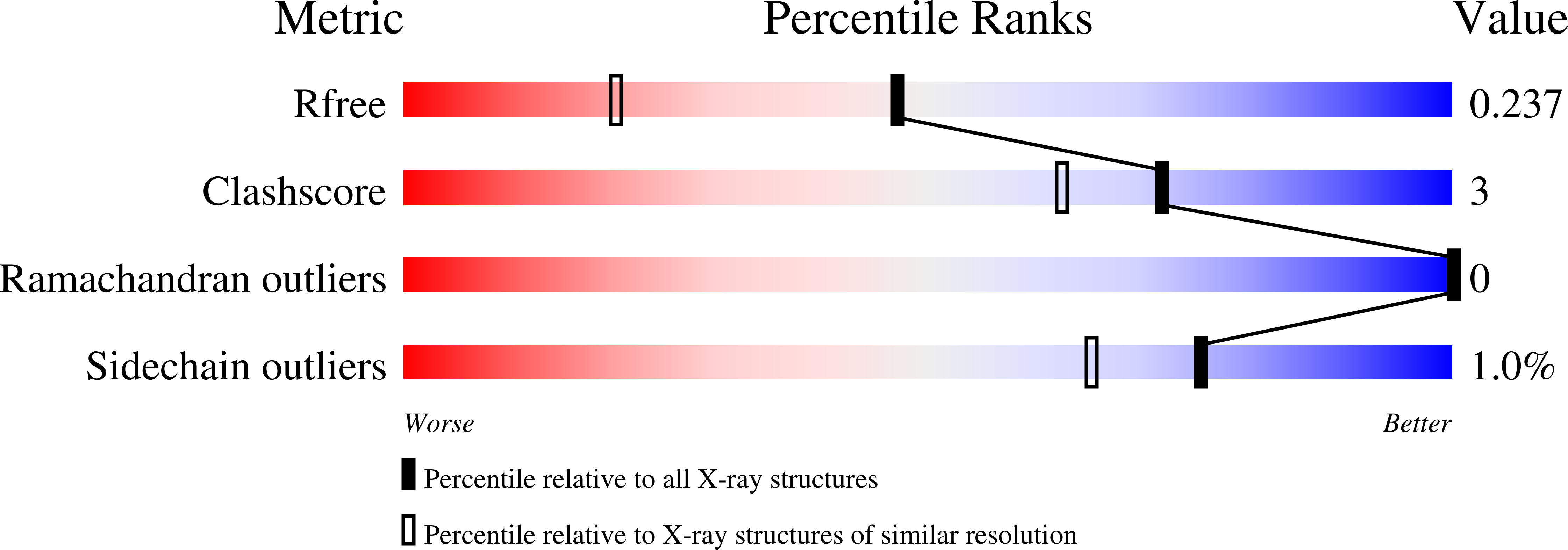
Deposition Date
2021-07-10
Release Date
2022-07-27
Last Version Date
2024-10-09
Entry Detail
Biological Source:
Source Organism:
Homo sapiens (Taxon ID: 9606)
Mycobacterium tuberculosis H37Rv (Taxon ID: 83332)
Mycobacterium tuberculosis H37Rv (Taxon ID: 83332)
Host Organism:
Method Details:
Experimental Method:
Resolution:
1.72 Å
R-Value Free:
0.23
R-Value Work:
0.20
R-Value Observed:
0.20
Space Group:
C 1 2 1


